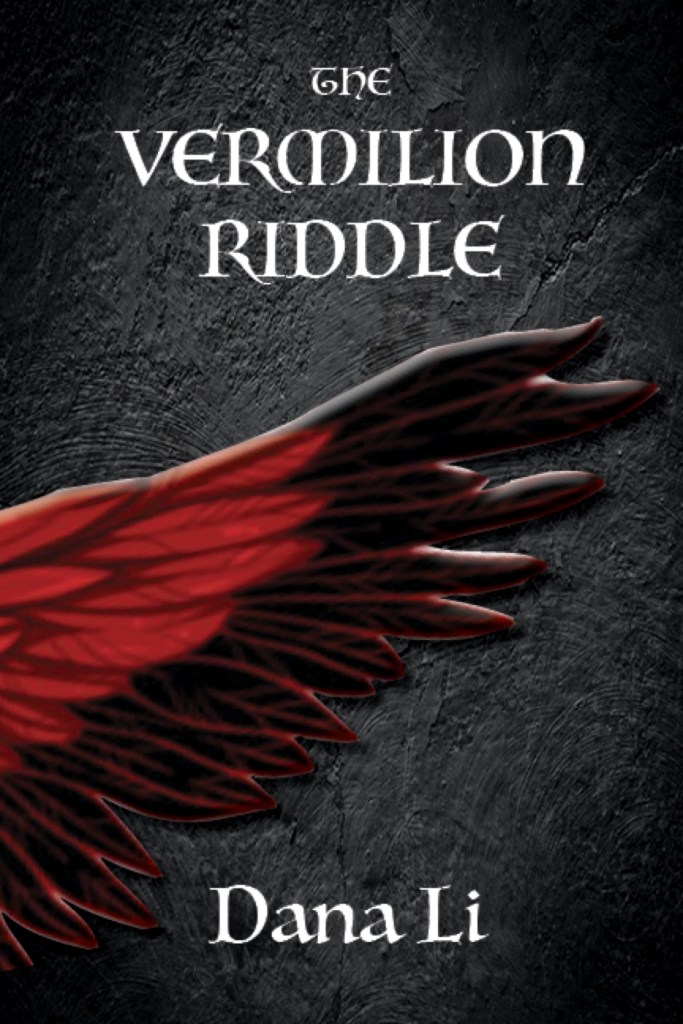
Hello. I know I haven’t been around this space for 2 years. Life is sweet but very full – I am still writing, and I’m slowly at work on another novel. I’m not able to post regularly here, but I want to still pop in once in awhile to share a small story snippet or reflection. If you’ve been following along with Pen and Fire’s very erratic updates over the years, thank you!
I hope you’ll enjoy this odd little flash fiction piece – inspired by my favorite place in China, detective stories, and aliens.
–
“Leave me with the body.”
The two pathologists exchanged a glance, but Jianyu knew they wouldn’t pose a challenge. They were young and too eager to cement their careers. “Supervisor Chao gave me full authority over this investigation.”
“It’s not part of typical procedure—”
“Neither is calling retired detectives back in,” Jianyu snapped. “I have no qualms going back to my condo and getting fat on mooncakes.”
He knew that would be enough. They might wonder how a detective could find anything a trained pathologist missed, but Jianyu was famous for blazing the trail on alien crime. The expert on alien physiology and psychology, he had worked the full gamut of a case, from lab work to paperwork to hostage negotiations.
“Alright, alright.” The pathologist who spoke held up his hands and moved toward the door. The other followed.
Jianyu studied the corpse. His name was Kri’tan. Male Scargodd—a cunning alien species with small colonies on Earth—working at the consulate in Gulangyu, China. A passerby found him in the alleyway under his home: a crushed skull and broken third-story window told the rest of the story. It was a shik’hok—Scargodd lodging—with the window at the end of a corridor. Every shik’hok was access-controlled, which made other residents immediate suspects.
He had told Chao this was a standard case, which didn’t warrant pulling a detective out of retirement.
“In most of these cases, another Scargodd is the perpetrator, and this looks no different,” Jianyu had said.
“Scargodd-human tension are at a peak. We’re trying to avoid a war,” Chao insisted.
“So, are you making me a scapegoat, since the Scargodds already hate me?”
“No. I need an airtight case. We cannot risk antagonizing them further. Whoever did it, make sure the evidence is indisputable.”
“And you’re out of young investigators?”
“I trust you the most.”
Jianyu had run his fingers through the few strands of hair left on his head. Chao was the only who could convince him to come back, and soothe the ruffled feathers of his superiors. He was the reason Jianyu didn’t retire in disgrace.
“Fine. I owe you, anyway.”
–
Xiaobo, the other detected assigned to this case, was half his age, newly-minted as a detective two years ago. Jianyu despised working with a stranger, but the request had come from the head of Criminal Investigations. Chao didn’t need to say it, but they both knew that distrust of Jianyu was widespread.
But Xiaobo was sharp, and he excelled in the one skill Jianyu lacked: talking to strangers.
“None of the humans will know anything,” Jianyu grumbled.
They meandered the path from the Scargodd consulate back to Kri’tan’s shik’hok, questioning small shop owners and merchants who were on his route to work.
But they offered little insight, and the best Xiaobo’s sweet-talking achieved were discounted black sesame tang yuans. Jianyu bit into the glutinous ball, cursing when the hot filling scalded his tongue.
“It’s the Mid-Autumn Festival. They’re too distracted with customers to talk about a dead Scargodd,” Xiaobo said.
“Let’s check out his shik’hok.”
Xiaobo looked at him in surprise. “They did a thorough sweep already.”
“We weren’t there. Leave no stone unturned.”
They followed the cobbled alleyways to Kri’tan’s home. On Gulangyu, a panoply of eastern and western architecture peppered the island, from Corinthian columns to red pagodas. Since it was already home to multiple cultures, it seemed a fitting location for the Scargodd consulate.
Well, fitting to some—not to most natives.
The shik’hok was composed of black marbled walls. Jianyu wrinkled his nose when they stepped inside, inhaling a damp, mildew scent. Sharp, dark hallways curved around them like scimitars, shutting out the airy, seaside aesthetic of Gulangyu.
“Why did you want to work this case?” Jianyu asked, as they scoured Kri’tan’s room. Bright yellow tape was peeling off the black walls, and contents of drawers—papers, extraterrestrial paraphernalia—were spilled across the floor.
“They asked me.”
“Did they? That’s not what I heard.” He kept his voice light.
Xiaobo paused, wearing a puzzled look. But Jianyu could see the steel beneath his gaze, and the temperature in the room dropped.
“You begged Chao’s superiors to let you on this.”
His partner’s composure slipped further. “Why are you wasting your time looking into me?”
“Because I look into everyone,” Jianyu returned evenly, picking up scattered papers from the ground and rifling through. “The pathologists only scanned for saliva on Kri’tan. That’s how you identify Scargodds. But I dusted for human fingerprints too.”
“So?”
“I also pulled the tenant list on the shik’hok. You’re Kri’tan’s neighbor.”
There was a thick silence, the two men staring each other down. Finally, Xiaobo’s shoulders sagged.
“My baba had his construction business destroyed when the aliens started putting up their buildings. Our family was destitute. I swore I’d make it right. That night, Kri’tan was in the hallway, taunting me about living in a shik’hok—” His eyes darkened.
“You lost your temper, and threw him out the window.”
“We can pin this case on another Scargodd. None of the neighbors are saints.”
Jianyu let out a long breath. “You know I can’t do that.”
“Why? I know how you feel about their kind. Anyways, you told me what evidence you found. I can destroy those fingerprints and hack the tenant list before you report me. It will be your word against mine.”
“No, it won’t.” Jianyu dropped the papers and unbuttoned his collar, revealing a mic. “You forget, a detective’s loyalty is not to his people or his emotions. A detective’s highest allegiance is to the truth. I’ve sacrificed much on that altar—popularity, relationships, some say my sanity. That’s why I get the job done.”
Before Xiabo could move, sirens wailed overhead.
Photo by Lavinia Occeña on Unsplash








